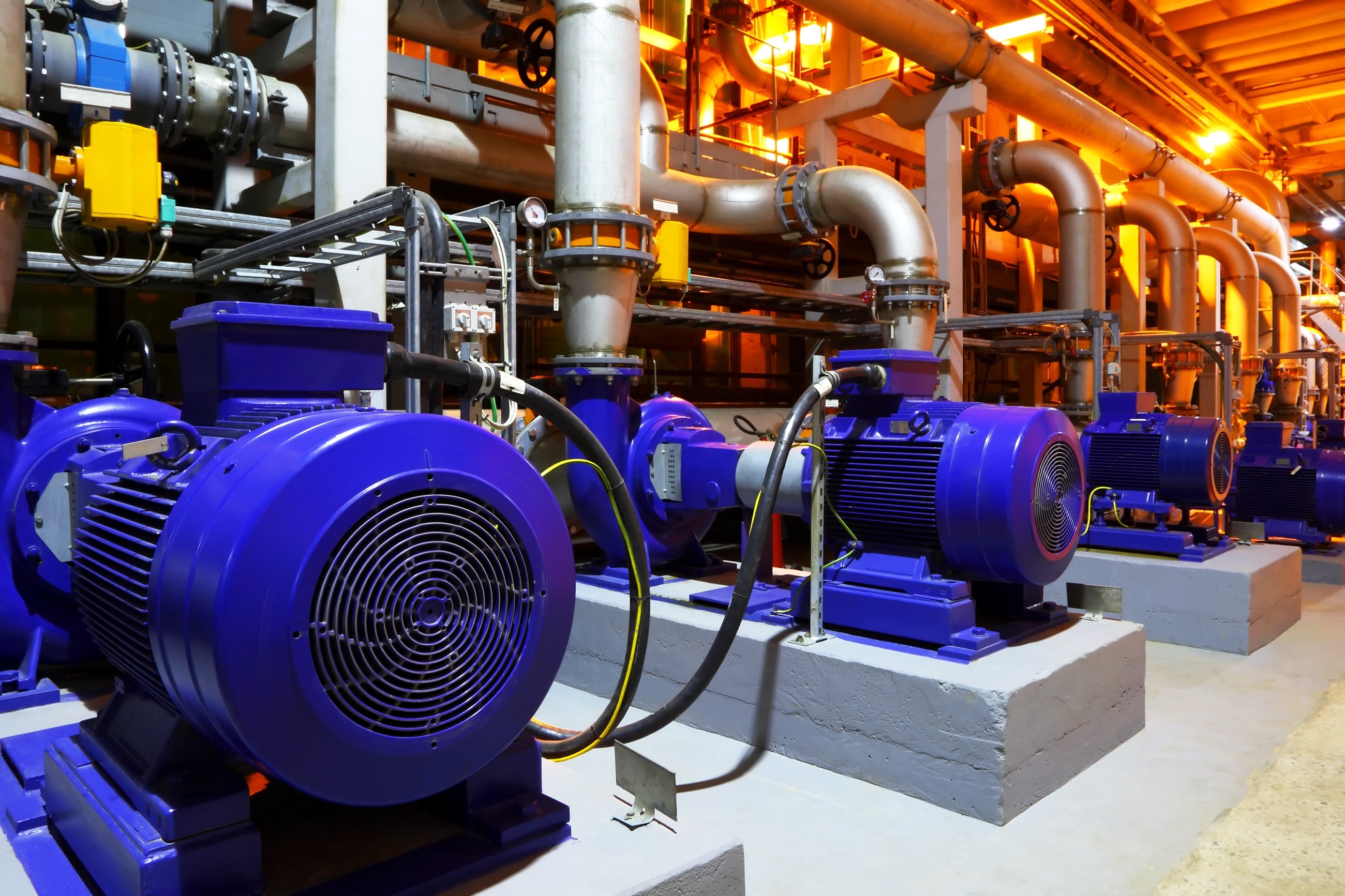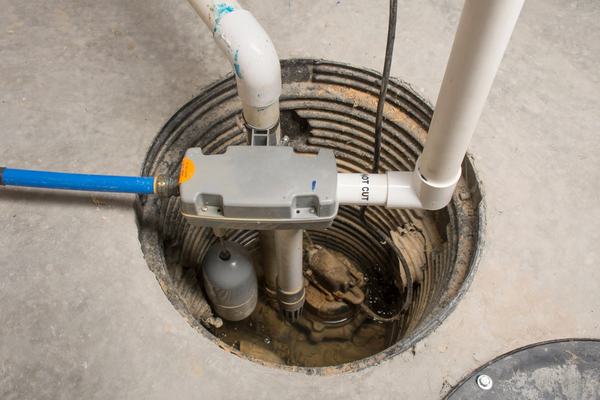Highly-Rated Methods for Fixing Low Water Pressure in Your Home
Highly-Rated Methods for Fixing Low Water Pressure in Your Home
Blog Article
What're your opinions on Dealing with Low Water Pressure in Your Home?

Low tide stress in your house can be a discouraging trouble, affecting every little thing from bathing to washing meals. If you're experiencing weak water flow, there are several feasible causes and solutions to discover. In this guide, we'll go over typical reasons for low water pressure and functional steps to deal with the issue effectively.
Introduction to Low Water Pressure
Low water pressure occurs when the flow of water from your taps, showers, and various other components is weak than typical. This can make day-to-day jobs a lot more tough and less efficient. Recognizing the root causes of low tide pressure is essential to discovering the best option.
Common Root Causes Of Low Tide Stress
Pipe Obstructions
Over time, pipes can end up being obstructed with natural resource, sediment, or debris, limiting the flow of water. This is an usual concern in older homes with galvanized steel pipelines.
Corrosion
Rust within pipelines can bring about leaks and decreased water pressure. Rust buildup can tighten water circulation, particularly in aging plumbing systems.
Faulty Pressure Regulatory Authorities
Pressure regulatory authorities are responsible for maintaining regular water pressure in your house. If they malfunction, it can lead to low tide stress or irregular flow throughout the house.
Local Water Issues
In some cases, the trouble exists outside your home. Community supply of water concerns, such as main line leakages or maintenance work, can briefly reduce water pressure in your area.
How to Diagnose Low Water Pressure
Checking Faucets and Components
Start by examining the water pressure at various taps and fixtures throughout your home. If the issue is separated to details locations, it may indicate local issues.
Evaluating Pipes
Inspect visible pipelines for indicators of leaks, rust, or clogs. Take notice of any unusual noises, such as banging or rattling pipes, which could indicate problems within the plumbing system.
Consulting with a Plumber
If you're unable to pinpoint the root cause of low water stress, consider hiring a specialist plumber to perform a comprehensive inspection. They can recognize underlying problems and advise suitable options.
Do It Yourself Solutions to Fix Low Water Stress
Cleansing Aerators and Showerheads
Mineral deposits can accumulate in aerators and showerheads, lowering water flow. Eliminate and cleanse these elements routinely to boost water pressure.
Flushing Hot Water Heater
Debris build-up in the water heater can restrict flow and reduce performance. Flushing the storage tank occasionally helps eliminate debris and maintain optimum efficiency.
Inspecting Pressure Regulator
Guarantee that the pressure regulatory authority is functioning correctly. Adjusting or changing the regulator can help restore appropriate water stress throughout your home.
Cleaning Clogs in Pipeline
For small blockages, try making use of a plumbing serpent or chemical drainpipe cleaner to clear blockages in pipelines. Beware when using chemicals and follow security guidelines.
When to Call an Expert Plumber
If do it yourself efforts fail to resolve the issue or if you think considerable plumbing troubles, it's best to seek help from a licensed plumber. They have the know-how and devices to address complicated concerns securely and effectively.
Safety Nets to Preserve Water Pressure
Normal Upkeep
Arrange routine upkeep for your plumbing system to avoid concerns such as deterioration, leaks, and obstructions. Dealing with small problems early can aid prevent even more considerable repair work later.
Installing a Pressure Booster
Take into consideration setting up a pressure booster pump to improve water stress in areas with consistently reduced circulation. This can be especially beneficial for multi-story homes or residential or commercial properties with high-demand fixtures.
Surveillance Water Usage
Bear in mind water usage habits and avoid ill-using the plumbing system. Straightforward modifications, such as shocking showers and washing loads, can aid maintain appropriate water stress.
Verdict
Dealing with low tide stress can be aggravating, however recognizing the underlying causes and executing ideal options can bring back optimum circulation throughout your home. Whether it's cleansing aerators, examining pipes, or seeking advice from a plumber, taking proactive actions can make certain a stable supply of water for your daily requirements.
FOUR WAYS TO FIX LOW WATER PRESSURE NOW
Turning on a shower or faucet only to find the water comes out in a sad, slow drizzle is never a good feeling. How exactly are you supposed to wash a pan or take a quick shower when it takes 10 minutes just to rinse off a little soap? The good news is that when your water pressure is bad, there's always a cause: typically one that can be easily fixed. Here are some of the most common causes of low pressure and what you can do to fix the issue:
DEBRIS AND MINERAL DEPOSIT BUILDUPS
If you notice low water pressure from just one or two of the fixtures in your house, the problem likely has to do with debris buildup. Water is full of minerals and other debris, all of which can accumulate in your pipes and on your fixtures. This can cause a blockage that affects how much water flows through. To fix this, try filling a small plastic bag with white vinegar, and use a rubber band to hang it around your showerhead or faucet. Let the head of the fixture soak for a few hours, and the vinegar should loosen the deposits.
WATER LEAKS
Leaks are another common cause of low water pressure. If water is flowing out of your plumbing through a hole or crack before it can reach your fixture, the pressure coming out of the faucet or showerhead will be lower. A plumbing professional is your best bet for finding and repairing a leak in your water supply pipes.
Leaks are another common cause of low water pressure. If water is flowing out of your plumbing through a hole or crack before it can reach your fixture, the pressure coming out of the faucet or showerhead will be lower. A plumbing professional is your best bet for finding and repairing a leak in your water supply pipes.
FOUR WAYS TO FIX LOW WATER PRESSURE NOW
Turning on a shower or faucet only to find the water comes out in a sad, slow drizzle is never a good feeling. How exactly are you supposed to wash a pan or take a quick shower when it takes 10 minutes just to rinse off a little soap? The good news is that when your water pressure is bad, there's always a cause: typically one that can be easily fixed. Here are some of the most common causes of low pressure and what you can do to fix the issue:
DEBRIS AND MINERAL DEPOSIT BUILDUPS
If you notice low water pressure from just one or two of the fixtures in your house, the problem likely has to do with debris buildup. Water is full of minerals and other debris, all of which can accumulate in your pipes and on your fixtures. This can cause a blockage that affects how much water flows through. To fix this, try filling a small plastic bag with white vinegar, and use a rubber band to hang it around your showerhead or faucet. Let the head of the fixture soak for a few hours, and the vinegar should loosen the deposits.
WATER LEAKS
Leaks are another common cause of low water pressure. If water is flowing out of your plumbing through a hole or crack before it can reach your fixture, the pressure coming out of the faucet or showerhead will be lower. A plumbing professional is your best bet for finding and repairing a leak in your water supply pipes.
Leaks are another common cause of low water pressure. If water is flowing out of your plumbing through a hole or crack before it can reach your fixture, the pressure coming out of the faucet or showerhead will be lower. A plumbing professional is your best bet for finding and repairing a leak in your water supply pipes.
A VALVE ISSUE
If you have low water pressure throughout your home, check your main shut-off valve to make sure it's completely open. You may also want to see if there's a pressure-reducing valve installed. If there is, have a plumber help you adjust the settings to get the pressure you're looking for.
OTHERS USING WATER
Believe it or not, your low water pressure could be caused by your neighbors. If you notice low pressure at certain times of day, it may be because you and the people living next to you have similar schedules - when everyone is showering at the same time, the pressure will be lower in every home. Low pressure throughout the neighborhood may also be caused by an issue with your municipal water supply. If that's the case, call the supplier to see if they're working on the issue.
https://www.rotorooter.com/blog/water-leaking/low-water-pressure-fixes/

As a keen person who reads about 9 Reasons for Low Water Pressure in Your House, I imagined sharing that excerpt was smart. Sharing is nice. One never knows, you might be helping someone out. We thank you for reading our article about 10 Reasons for Low Water Pressure in Your House.
Book A Service Report this page